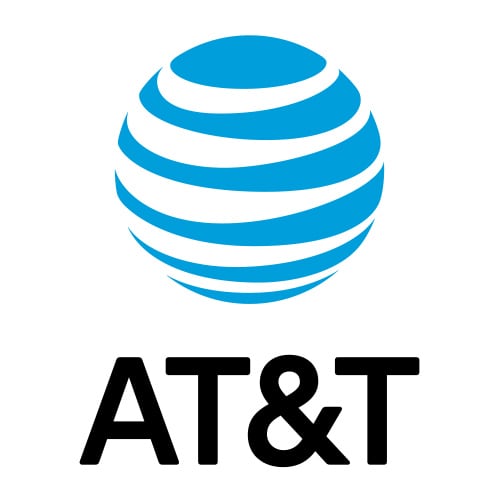
At a FierceWireless 5G virtual event this week, AT&T’s VP of Mobility & Access Architecture Gordon Mansfield discussed the carrier’s strategy for building out their 5G network.
AT&T’s big competitors in the 5G space are Verizon and T-Mobile, who have adopted different approaches to their respective networks: Verizon primarily uses mmWave frequencies, which provide very fast speeds but limited coverage, while T-Mobile utilizes sub-6 GHz frequencies for better coverage but less impressive speeds. Mansfield explained that AT&T is utilizing both:
“The reality is until you have a consistent experience across the wider network, it doesn’t matter. We use mmWave in dense areas, venues, campuses and urban areas. We believe in targeted areas that mmWave provides great value and allows you to do amazing things. But you need those interesting capabilities across a wide area.”
He went on to explain that AT&T believes a network with both sub-6 GHz and mmWave capabilities are needed to provide the best experience for consumers. He also explained how dynamic spectrum sharing (DSS), which allows operators to share LTE and 5G on the same channel, will benefit customers. “That’s an important factor as we transition our traffic between LTE and 5G to maintain our experiences for all of our customers,” said Mansfield. “DSS allowed us to get to nationwide in July.”

